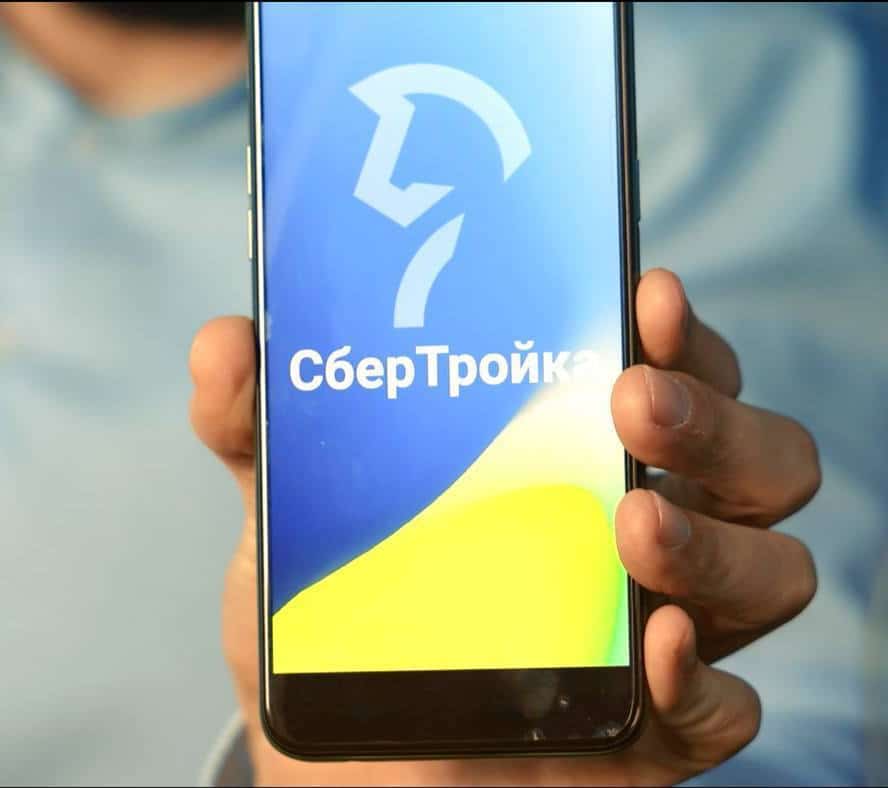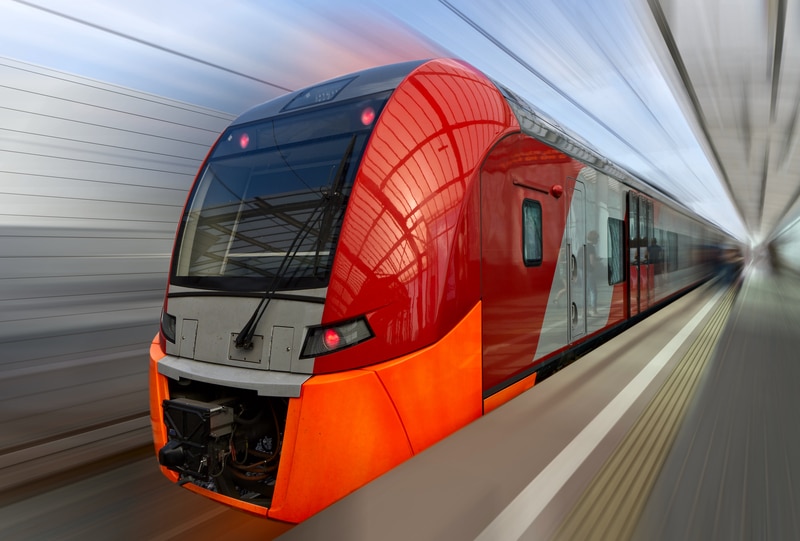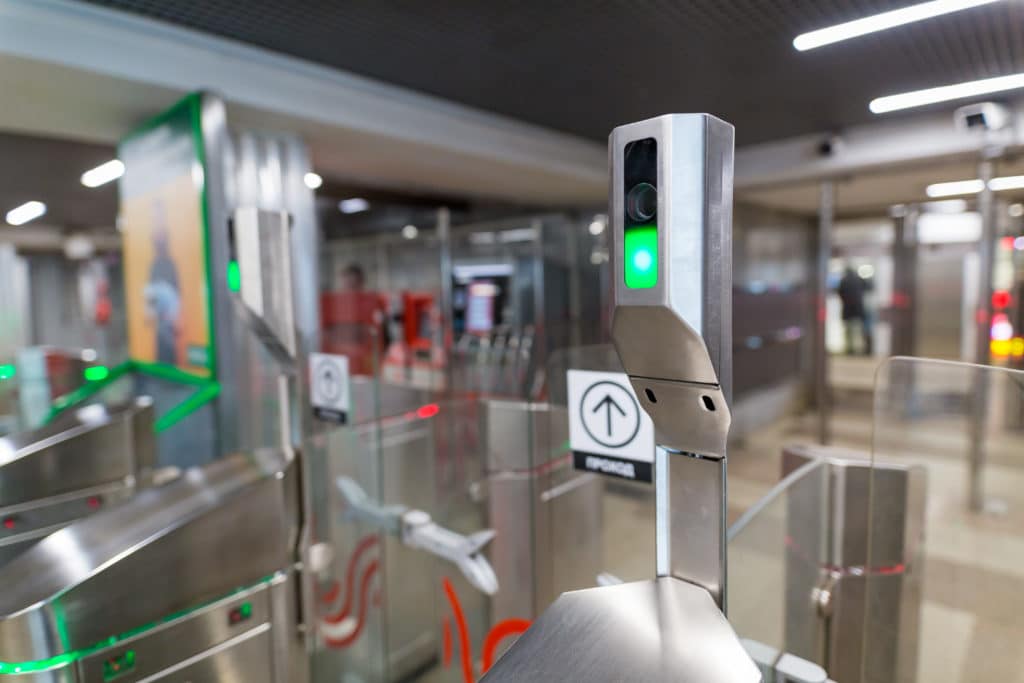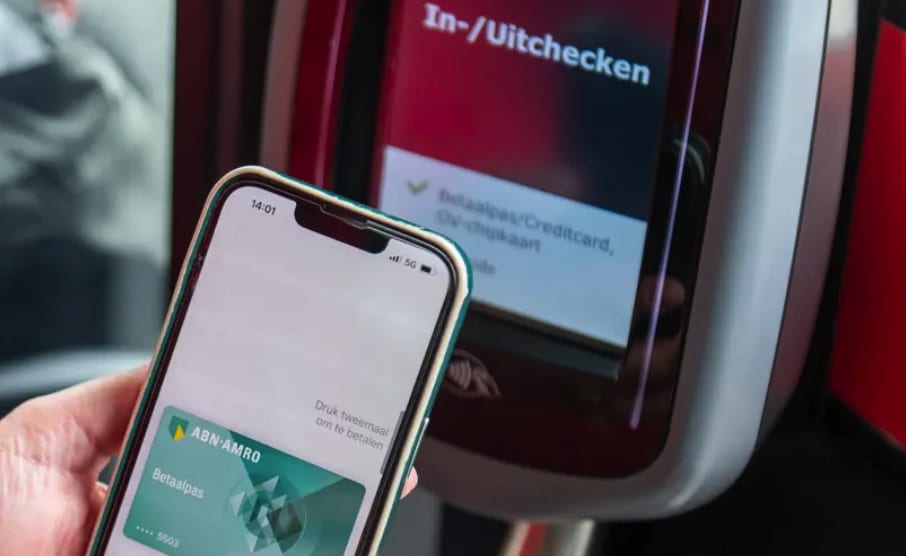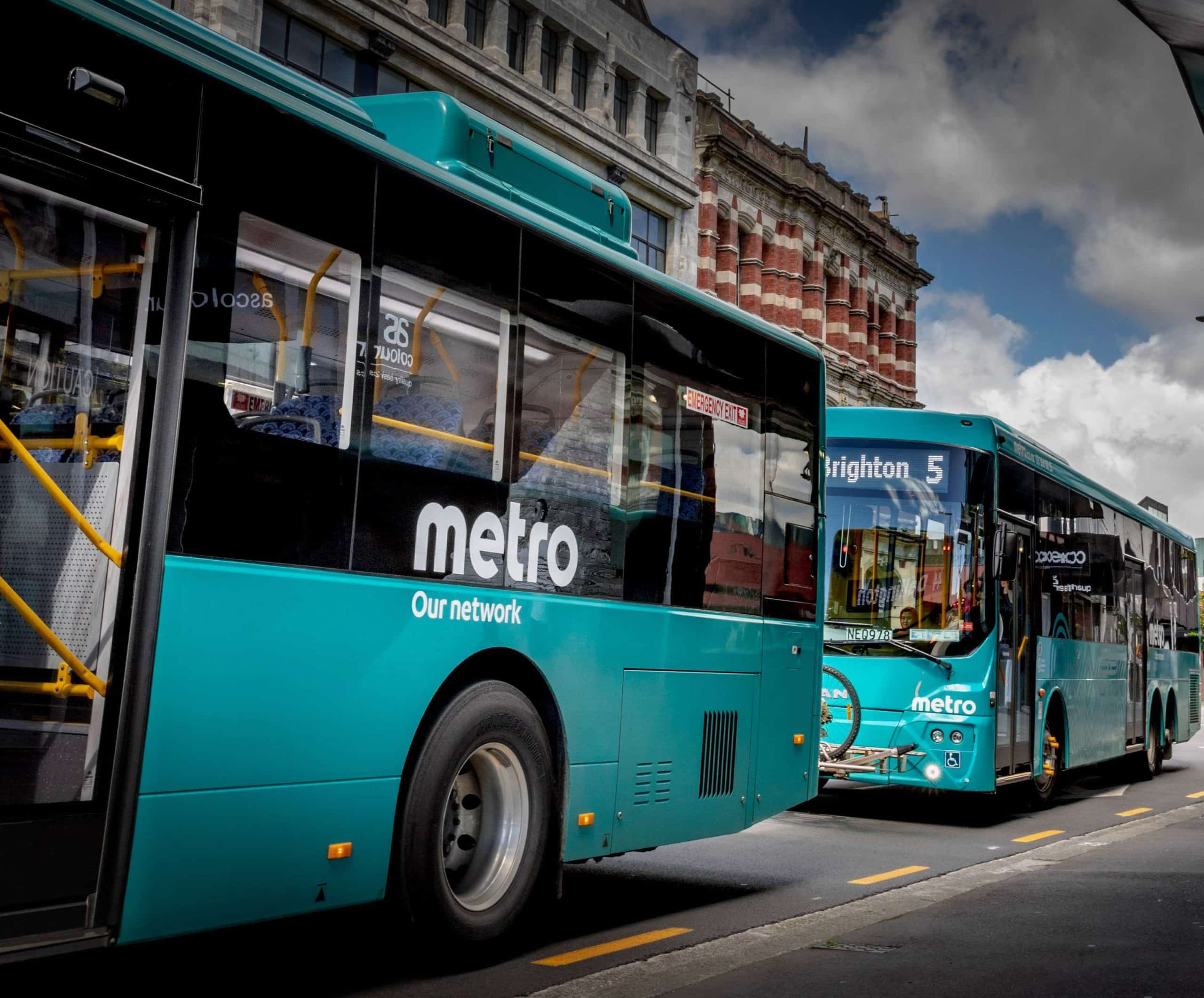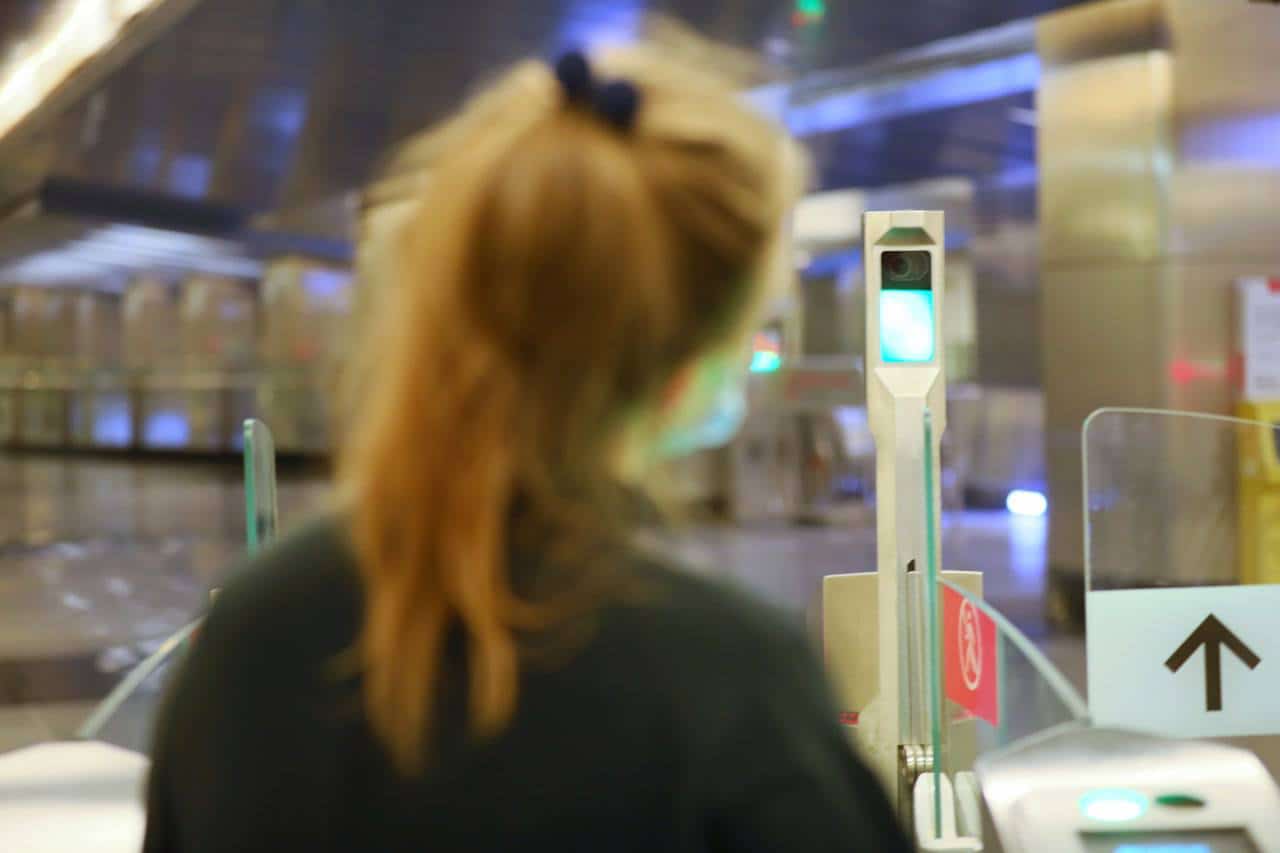
Article Highlights
Moscow Metro, one of the largest metro systems in the world, has expanded its large test of facial recognition technology to enable customers to pay fares. A systemwide rollout could happen as early as next month.
To use Face Pay, passengers link their bank cards with a facial photo on a secure website. At the turnstile, cameras and facial recognition software match the passenger’s face to the photo and charge the linked bank card. The system, scanning faces without masks, takes one to two seconds to recognize the passenger and about two more seconds to make the payment and open the gate. However, in a mask, it can increase to three or four seconds the recognition itself, said a Moscow Metro official in June.
• Moscow Metro
Moscow Metro said today it has increased the number of lines supporting a large test of its “Face Pay” service to more than half of its total lines. The metro system, one of the largest in the world, remains on track to roll out the service across the entire metro this year.







